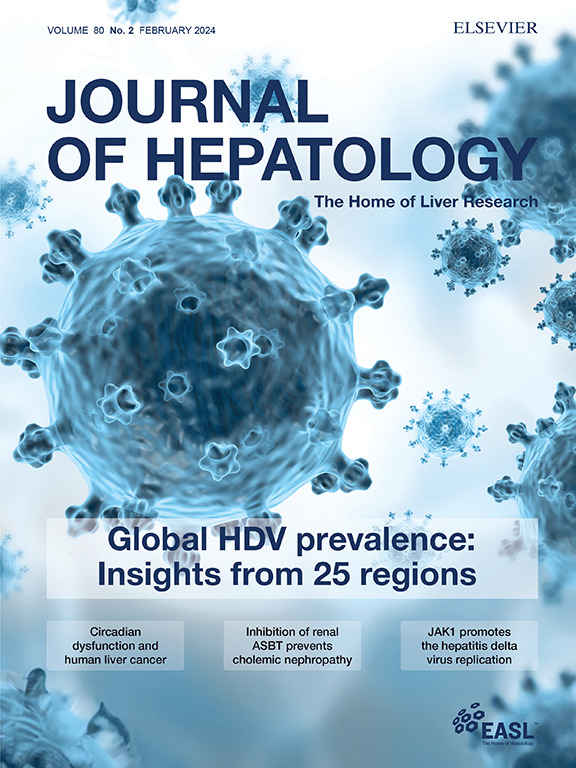MASLD和MASH的综合代谢:病理生理学和新兴机制
IF 26.8
1区 医学
Q1 GASTROENTEROLOGY & HEPATOLOGY
引用次数: 0
摘要
肝脏作为一个中央代谢枢纽,整合来自胃肠道和脂肪组织的信号来调节碳水化合物、脂质和氨基酸的代谢。肠道衍生代谢物,如醋酸酯和乙醇以及来自白色脂肪组织(WAT)的非酯化脂肪酸,影响肝脏过程,肝脏过程依赖线粒体功能维持全身能量平衡。肥胖、胰岛素抵抗和2型糖尿病引起的代谢失调破坏了这些途径,导致代谢功能障碍相关的脂肪性肝病(MASLD)和脂肪性肝炎(MASH)。这篇综述探讨了肠道-脂肪组织-肝脏轴内的代谢通量,重点是从头脂肪生成(DNL)的关键作用,饮食底物如葡萄糖和果糖,以及MASLD进展过程中线粒体功能的变化。它强调了白色脂肪组织胰岛素抵抗和线粒体动力学受损对肝脏脂质积累的贡献。进一步了解来自胃肠道的底物通量如何与脂肪组织结合,以及如何与肝脏线粒体的结构和功能改变相交,对于确定新的治疗靶点和推进MASLD和MASH的治疗至关重要。本文章由计算机程序翻译,如有差异,请以英文原文为准。
Integrative Metabolism in MASLD and MASH: Pathophysiology and Emerging Mechanisms
The liver acts as a central metabolic hub, integrating signals from the gastrointestinal tract and adipose tissue to regulate carbohydrate, lipid, and amino acid metabolism. Gut-derived metabolites, such as acetate and ethanol and non-esterified fatty acids from white adipose tissue (WAT), influence hepatic processes, which rely on mitochondrial function to maintain systemic energy balance. Metabolic dysregulation from obesity, insulin resistance, and type 2 diabetes disrupt these pathways, leading to metabolic dysfunction-associated steatotic liver disease (MASLD) and steatohepatitis (MASH). This review explores the metabolic fluxes within the gut-adipose tissue-liver axis, focusing on the pivotal role of de novo lipogenesis (DNL), dietary substrates like glucose and fructose, and changes in mitochondrial function during MASLD progression. It highlights the contributions of white adipose tissue insulin resistance and impaired mitochondrial dynamics to hepatic lipid accumulation. Further understanding how the interplay between substrate flux from the gastro-intestinal tract integrates with adipose tissue and intersects with structural and functional alterations to liver mitochondria will be important to identify novel therapeutic targets and advance the treatment of MASLD and MASH.
求助全文
通过发布文献求助,成功后即可免费获取论文全文。
去求助
来源期刊

Journal of Hepatology
医学-胃肠肝病学
CiteScore
46.10
自引率
4.30%
发文量
2325
审稿时长
30 days
期刊介绍:
The Journal of Hepatology is the official publication of the European Association for the Study of the Liver (EASL). It is dedicated to presenting clinical and basic research in the field of hepatology through original papers, reviews, case reports, and letters to the Editor. The Journal is published in English and may consider supplements that pass an editorial review.
 求助内容:
求助内容: 应助结果提醒方式:
应助结果提醒方式:


